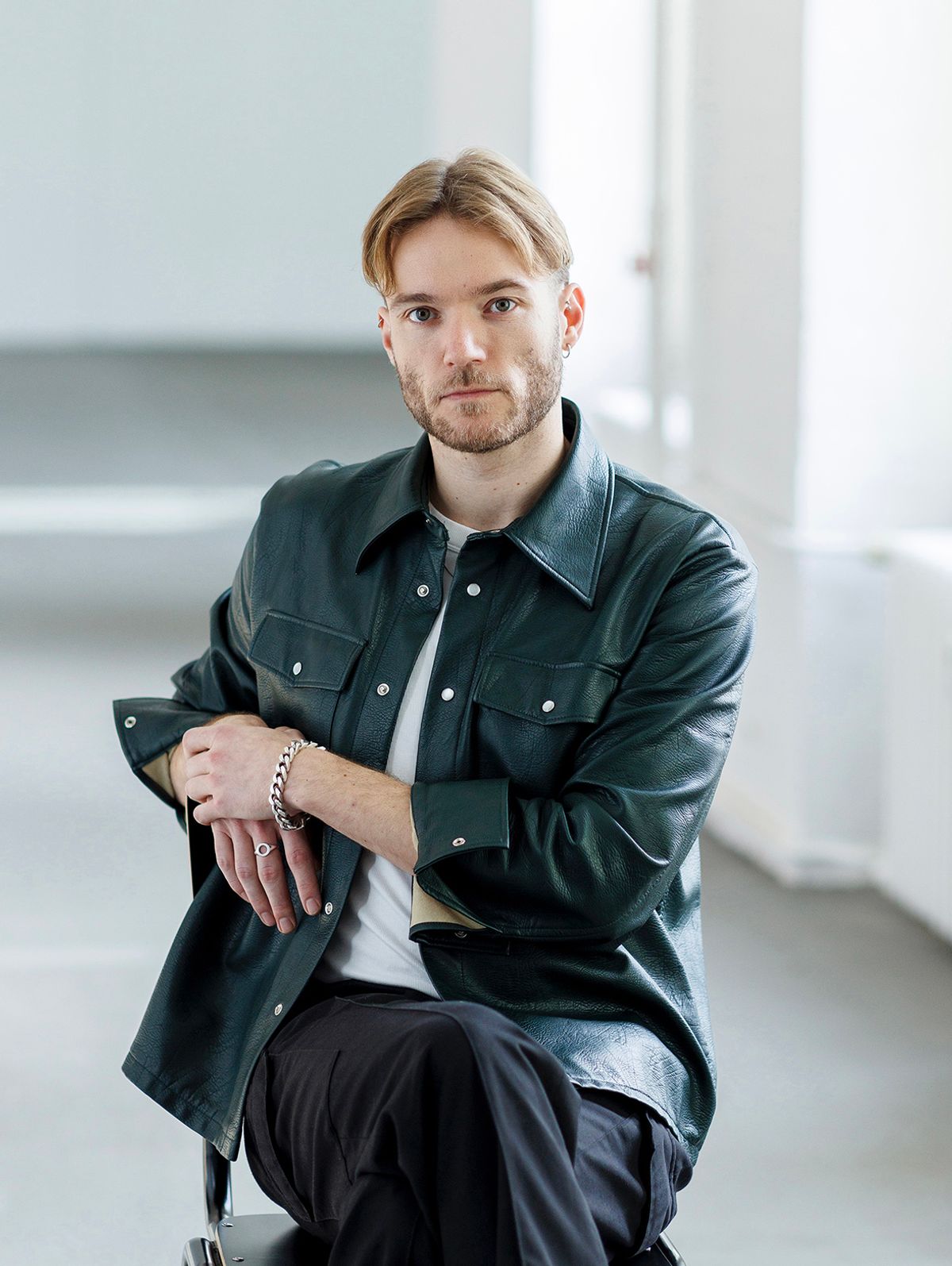If you could live with just one work of art, what would it be?
The Garden of Earthly Delights by Hieronymus Bosch. Although I am not religious, it still has some truth in it, in how you can oscillate between all the purity, beauty and misery here on Planet Earth.
Which cultural experience changed the way you see the world?
At university, the work of Walid Raad and The Atlas Group was such an eye-opener about what art can do—how it can map out an unwritten history of a country [Lebanon] that has been torn by war for many years.
Which writer or poet do you return to the most?
David Wojnarowicz. Jumping on his train of thoughts, with the way he writes these endless sentences, is mesmerising. When you read him, it’s almost like hallucinating sometimes. Then also the layer of activism—so there’s this mix of fiction with the start of HIV and Aids activism.
What are you watching, listening to or following that you’d recommend?
I’ve been looking for platforms on Instagram that try to unite and to combine various voices—for example, the Standing Together platform, which combines Jewish-Israeli and Arab voices. I also go back to Act Up New York, which speaks to larger issues but also about the ongoing situation in the Middle East. Because of this polarising mechanism of social media and the internet, I also became a member of HACK! Collective, a grassroots activist group founded by artists and cultural workers based in Berlin.
What is art for?
It gives room to the imagination. You can also use it as a sounding board, to raise questions about what blocks you in society, and then find in art a place of refuge. I’m thinking here about how queerness within the arts opens up lots of perspectives to go against heteronormativity. There’s a certain parallel between queerness and contemporary art: diffusing boundaries and bringing together aspects, insights and references to create something new, over and over again.


